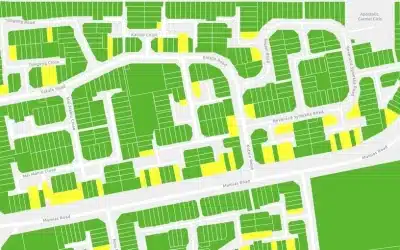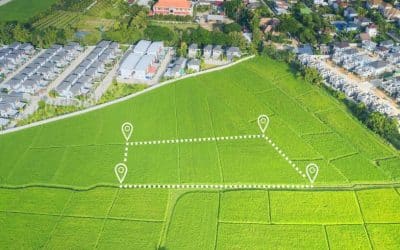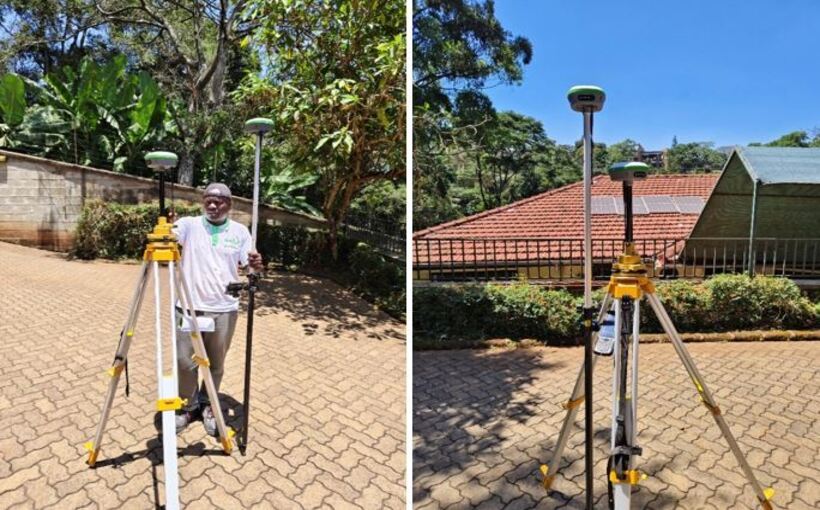During the 9th Africa Regional Conference organized by the Institution of Surveyors of Kenya held on 7th and 8th November 2024 in Mombasa, Surveyors called for a shift from land registration based on General boundaries to mathematically established boundaries or Fixed Surveys to address the issue of land disputes in Kenya. This has been a thorny issue since the country gained independence.
Fixed Boundary Surveys involve the determination and demarcation of land parcel boundaries that are legally recognized and immutable unless altered by a court order or other legal procedures. This type of survey is conducted under the auspices of Kenyan land laws and is crucial for land ownership, dispute resolution, and land registration.
Fixed boundaries would ensure land records are managed under single system, creating a more seamless space within the surveying sector and general public. This will help in the establishment of a Cadastre where an official record of land ownership, boundaries, area, value and location will be kept in one system i.e. National Land Information Management System (NLIMS) and will be up-to date.

The NLIMS is important in many ways such as; Data management, Land transactions, Security, Accessibility, Cost reduction, Efficiency, Transparency and many more. The 2021 task force which was formed by former Cabinet Secretary for Lands Ms. Farida Karoney has already developed three documents which include; the survey and market bill 2021, the land surveyors registration bill 2021 and the survey and mapping policy 2021.
These three documents are important because they are aligned to the Constitution of Kenya 2010 and the 17 UN Sustainable Development Goals. Unfortunately, these documents have not yet been enacted, hence hindering the establishment of a Survey policy in Kenya. The bills are crucial because they will help not only in resolving boundary issues but also economic growth, peace, equality, environment and also tackling issue of climate change.
Features of Fixed Boundary Surveys
Accuracy and Precision: Fixed boundary surveys involve precise measurements of land parcels using advanced surveying equipment like total stations, GPS, or GIS tools. The boundaries are marked with physical features such as beacons, stones, or concrete markers.
Legal Registration: These surveys result in legally recognized boundaries that are registered in the national land registry. As well, The boundaries are recorded on cadastral maps or survey plans.
Immutability: As opposed to general boundaries, once registered, the fixed boundaries can only be altered through legal processes, thus making them permanent and reduces the disputes .
Public and Private Lands: Applied to private landholdings, government properties, and communal lands to ensure clarity in ownership and usage rights.
Current Legal Framework in Kenya
Survey Act (Cap 299): This Act provides regulations for conducting land surveys and setting up fixed boundaries. It majorly mandates the use of licensed surveyors for professional accuracy.
Land Registration Act (2012): This act ensures that the fixed boundaries are registered as part of the land registration process. The Act principally concerns the registration of interests in land. This Act shall apply to: (a) registration of interests in all public land as declared by Article 62 of the Constitution; (b) registration of interests in all private land as declared by Article 64 of the Constitution; and (c) registration and recording of community interests in land.
Land Act (2012): The Kenya Land Act, enacted in 2012, is a landmark legislation that aims to provide a uniform, efficient, and sustainable framework for the management and administration of land in Kenya. The Act addresses longstanding issues related to land ownership, tenure security, and land use, with the goal of promoting economic development and social stability. The Act is guided by several key principles, including equitable access to land, sustainable land use practices, transparent and cost-effective land administration, and the recognition of community land rights. It also seeks to eliminate gender discrimination in land ownership and associated rights. One of the primary objectives of the Act is to revise, harmonize, and consolidate the various statutes governing land in Kenya into a single, coherent legal framework.
Article done by: Surv. Obadiah Mwanzighe & Surv. Felix Orina












